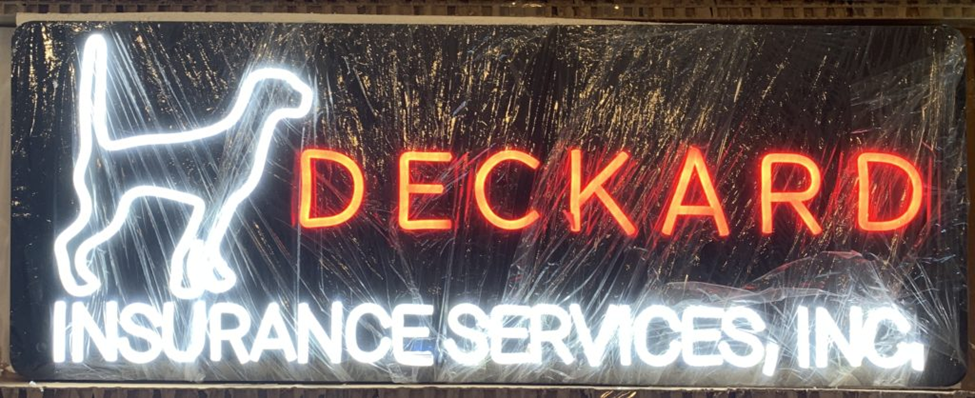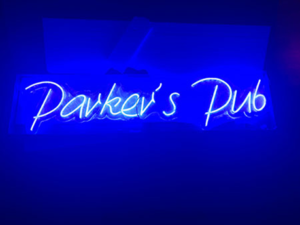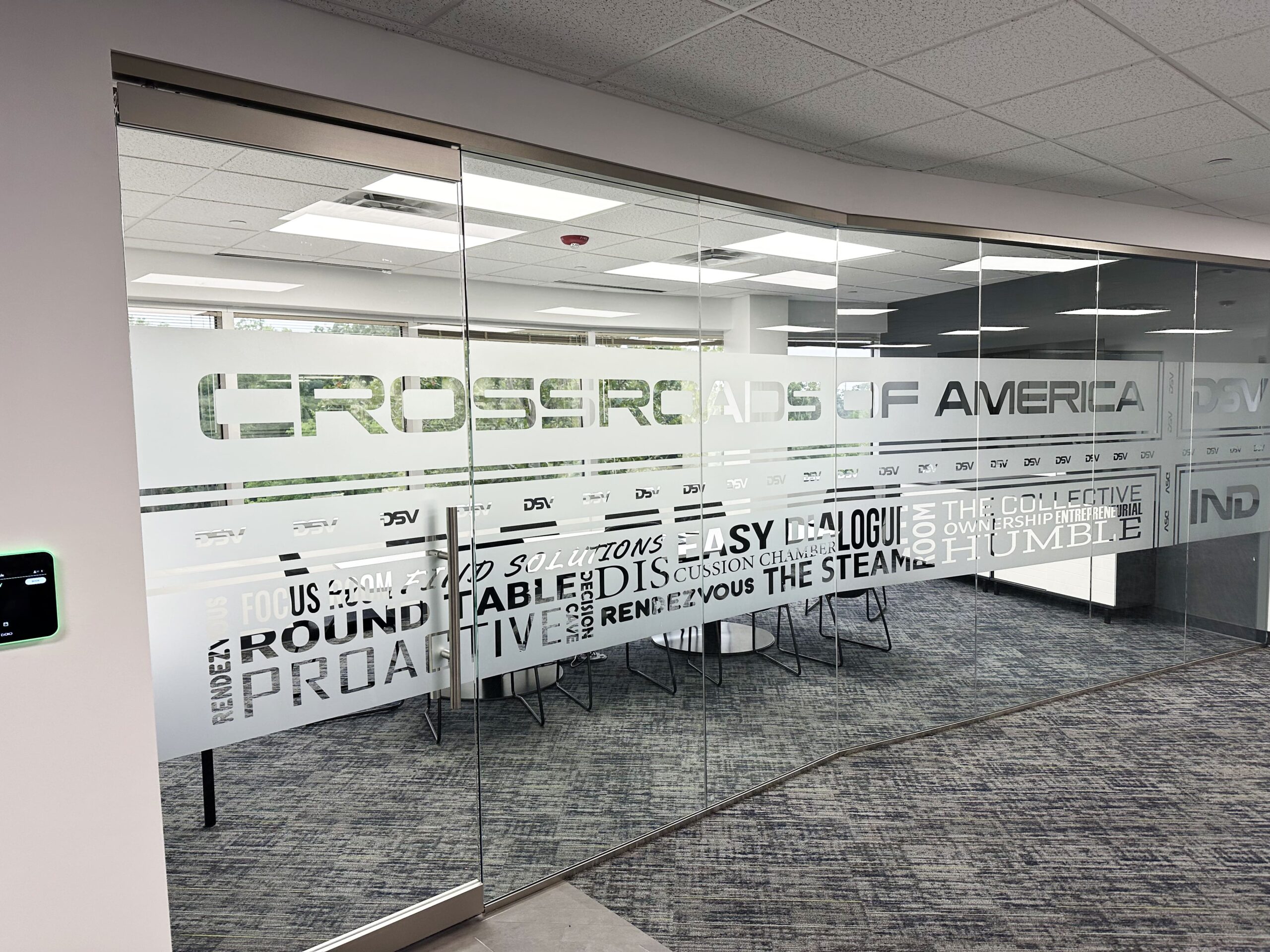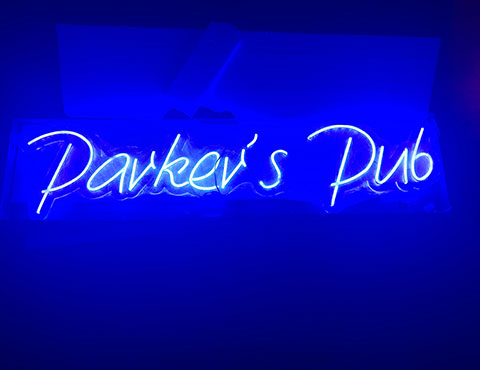Neon Is Not Neon Anymore

Neon signs were first unveiled in the early 20th century, and by the 1940s, they had taken the advertising world by storm, lighting up some of America’s most iconic business districts with vibrant colors, luminous messaging, and glowing visuals.

The “new neon” offers all the old advantages, plus exciting new benefits for your business!
Today, neon lighting is still a surefire way to get your signs noticed, and it is also a powerful branding tool, whether you want to express energy, warmth, excitement, or even a touch of postmodern nostalgia. But today’s neon is not neon anymore.
Nowadays, LED signs have replaced every other lighting technology, including neon and incandescent, and Indianapolis business owners are reaping the benefits in the form of better cost control, branding power, and eco-friendliness.
It’s time to meet the new neon. Let’s review the research, level-up your lighted sign knowledge, and highlight the top-6 benefits LED “neon” signs bring to local businesses.
Read on to learn more, or skip today’s lesson at Sign-U and reach out to one of our local experts instead.
Meet The New Neon: 6 Reasons To Make The Switch To LED Signs
“Neon” signs are now made with colored plastic strips that are lit with light-emitting diodes (LED) lights to simulate neon, and that’s a good thing for Indianapolis businesses.


You can find more faux neon LED signs in our Online Gallery.
Thanks to recent advances in LED technology, faux neon signs not only mimic the warm, inviting glow of luminous neon gas, but they also offer a number of unique benefits for the advertiser, including:
- Energy savings. Compared to traditional neon signs, faux neon LED signs use approximately 5-times less energy, which means they cost about 5-times less to run. What’s more, LEDs are approximately “10 times more efficient than incandescent lights” (Gereffi et al., 2008). Whether your sign system contains a single faux neon LED sign or several, these energy savings really add up.
- Long-range legibility. In a study conducted by the United States Sign Council Foundation, Garvey et al. (2009) found that “recognition distances at night tend to increase as sign luminance increases, but decrease at the very highest luminances.”
Faux neon LEDs strike the perfect balance, making your sign easy to read from afar, without any risk of washing out your message. This is borne out in several studies; for example, in a follow-up report two years later, Gravity & Kuhn (2011) found that LED signs yield 40-60% improvements in nighttime legibility compared to neon signs, incandescents, and externally-illuminated signs.
- Faster visual response time. In a comparison of driver reaction times to neon, LED, and incandescent stop lamps, LEDs led the pack, consistently getting spotted first by drivers in both nighttime and daylight viewing conditions (Bullough et al., 2001). If your business needs to stand out in a crowded signscape, faux neon LED signs are a great option.
- Adjustable luminance for better message processing. In a decades-old study published by the Lighting Research and Technology journal, researchers found that “the speed and accuracy of visual processing… is systematically related to the luminance of the background or characters,” and faux neon LED signs give you greater control over these crucial brightness settings (Rea & Ouellette, 1991).
Whereas neon signs need a dimmable neon transformer to make adjustments, LED sign brightness can easily be turned up or down, so you can meet the sign industry’s recommended luminance levels, stay compliant with your local sign code, and crank up the conspicuity when competitors try to outshine you.
- Low maintenance. LED bulbs are cheap and easy to replace, and since they last 3-5 times as long as gas-discharge bulbs used in neon signs, and 25-times as long as incandescents, you’ll spend much less time on upkeep.
- Eco-friendliness. Faux neon LED signs use less energy, they require less frequent part replacements, and many can be recycled through programs offered by the Indiana Department of Environmental Management and Circular Indiana. Whether you’re looking to cut utility costs, reduce your footprint, or advance your company’s sustainability goals, faux neon LED signs are a great choice.
Learn More About The New Neon: Ask The Indy Sign Factory
Still have questions about lighted signs and the benefits of LEDs over neon? Let’s talk!
- Call (317)-773-5800 to chat with a neon sign specialist in Indianapolis, IN
- Fill out our quick contact form to request a consultation online
- Submit questions, availability, and reference images to contact@IndySignFactory.com
References
Freyssinier, J. P., Narendran, N., & Bullough, J. D. (2006, September). Luminance requirements for lighted signage. In Sixth International Conference on Solid State Lighting (Vol. 6337, pp. 357-364). SPIE.
Garvey PM, Kuhn BT. (2011). Highway sign visibility. In Handbook of Transportation Engineering (Kutz M, editor). New York, NY: McGraw-Hill.
Garvey PM, Pietrucha MT, Cruzado I. (2009). The Effects of Internally Illuminated On-Premise Sign Brightness on Nighttime Sign Visibility and Traffic Safety. Bristol, PA: United States Sign Council Foundation.
Gereffi, G., Lowe, M., Ayee, G., Frederick, S., & Gui, L. (2008). LED Lighting. Manufacturing Climate Solutions, 9.
Rea MS, Ouellette MJ. (1991). Relative visual performance: A basis for application. Lighting Research and Technology, 23(3): 135-144.
Back


